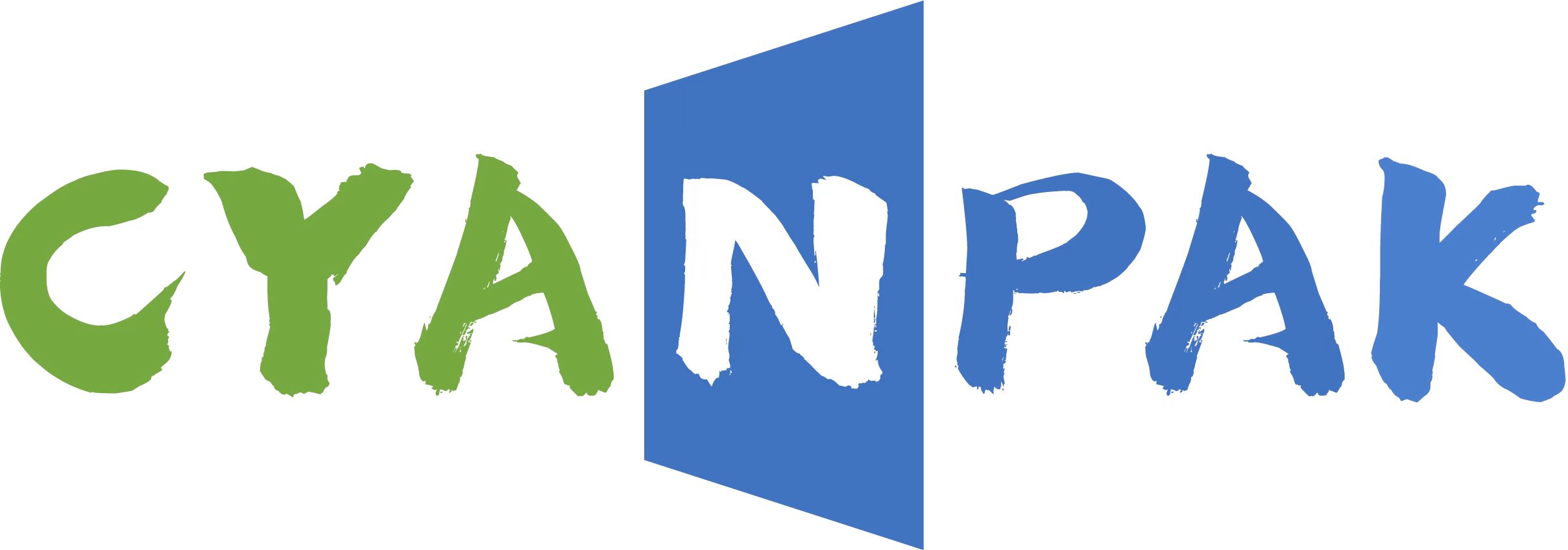Coffee businesses around the world have been focusing on creating a more sustainable, circular economy. They do this by adding value to products and materials they use. They have also made progress replacing disposable packaging with “greener” solutions.
We know that single-use packaging has threat to the global ecosystem. However, there are ways to minimize the use of single-use packaging. These include to avoiding fuel-based materials and recycling the packaging that is already in circulation.
What Is Sustainable Packaging?
Packaging accounts for around 3% of the coffee supply chain’s total carbon footprint. If plastic packaging isn’t properly sourced, produced, transported, and discarded, it can be harmful for the environment. To be truly “green”, packaging must do more than simply be recyclable or reusable – its entire life needs to be sustainable.
The global increase in the impact of packaging and plastic waste on the environment means there has been extensive research into greener alternatives. For now, the focus is on using renewable raw materials, lowering the carbon footprint through production, and safely repurposing materials at the end of the product’s life.
Most coffee bags offered by specialty roasters are made from flexible packaging. So, what more can roasters do to make their packaging more sustainable?
Keeping Your Coffee Safe, Sustainably
Quality coffee packaging should protect the beans contained within for at least 12 months (even though coffee should preferably be consumed long before that).
As coffee beans are porous, they absorb moisture quickly. When storing coffee, you should keep it as dry as possible. If your beans absorb moisture, the quality of your cup will suffer as a result.
As well as moisture, you should also keep coffee beans in airtight packaging that protects them from sunlight. Packaging should also be strong and abrasion-resistant.
So how can you make sure your packaging meets all these conditions while being as sustainable as possible?
Which Materials Should You Use?
Two of the most popular “green” materials used to make coffee bags are unbleached kraft and rice paper. These organic alternatives are made from wood pulp, tree bark, or bamboo.
While these materials alone can be biodegradable and compostable, bear in mind that they will need a second, inner layer to protect the beans. This is usually made of plastic.
Plastic-coated paper can be recycled, but only in facilities that have the right equipment. You can check with recycling and processing facilities in your area and ask them if they accept these materials.
What’s the best option? Recyclable or Compostable coffee bags
So, which eco-friendly packaging is best for you?
Well, it comes down to two things: your needs and the waste management capabilities you have available. If the facility you would use to process a certain material is far away, for example, the long transport time will cause your carbon footprint to increase. In this case, it might be better to choose materials which can be safely processed in your area.
More eco-friendly pouches with fewer protective barriers might not be a problem when you sell freshly roasted coffee to end-users or coffee shops, provided they consume it quickly or store it in a more protective container. But if your roasted beans will travel a long way or sit on shelves for some time, consider how much protection they’ll require.”
A fully recyclable pouch can be a great way of minimizing your environmental impact. Alternatively, you can look for a bag that combines both biodegradable and recyclable materials. However, in this case, you should always make sure that the individual materials can be separated.
Furthermore, no matter which sustainable packaging option you choose, make sure you communicate it to your customers. It’s important that your business is perceived as sustainable. Tell your customers what to do with the empty coffee bag and offer them solutions.
Post time: Nov-30-2021

